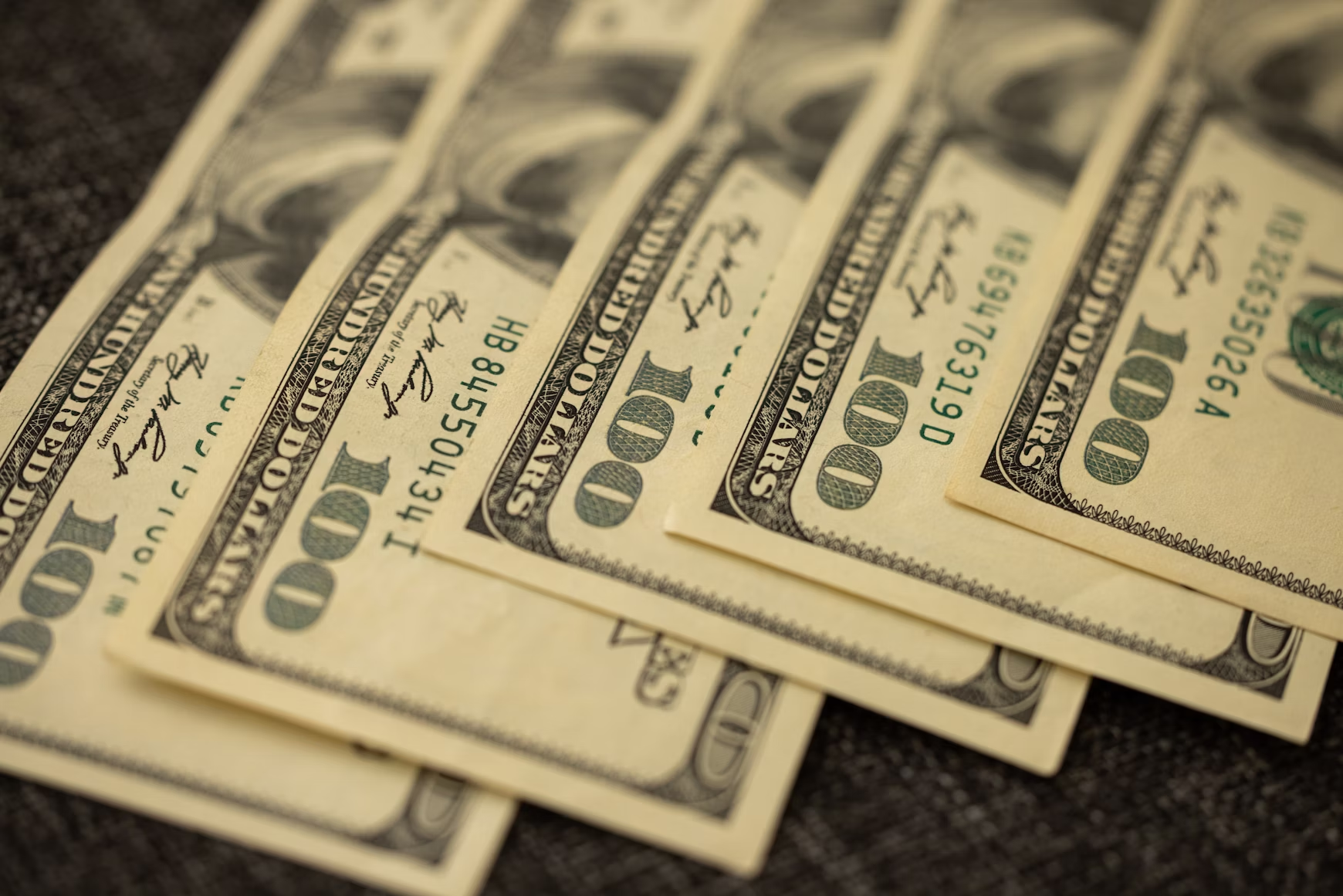The U.S. security market has experienced a mix of recession fears and periods of euphoric relief. Many predicted a market crash after the yield curve inversion began in April 2022. In a sense, they were right because the main equity index corrected 23% since then but ended in October 2022 and climbed 74% right after. A key factor supporting the market has been the Federal Reserve’s reverse repurchase agreement (RRP), which acts as a liquidity reserve. The RRP balance peaked in December 2022 and has since been gradually declining, with some attributing the market’s strength to this liquidity tool. Projections suggest the RRP will be exhausted early next year, pressuring the Fed to tread carefully when reducing its balance sheet in its easing phase.
EQUITY
The week started sour with a broad market downturn while the fear index ticked up, suggesting massive selling volume injected into the market. The telecom sector led the decline after the Chinese Salt Typhoon hack called for a classified briefing by the House of Representatives, with reports suggesting compromised call data and network security since 2022. Hershey gained on talks of acquisition by Mondelez, gaining traction on higher cocoa prices, consumer habits, and GLP-1 popularity.
GOLD
Gold has seen its price rising back up again after the report of China resuming its gold purchasing spree after a 6-month break, accumulating 160,000 ounces in November to its reserves, which now total 72.96 million ounces. The fall of the Assad regime is another string cut under geopolitical tension in the region that could motivate safe-haven buying. It's only a few days before Federal Reserve members meet, and the consensus stands at 85% certainty that it will cut another 25 basis points to 4.25% with consumer inflation data on sight to confirm.
OIL
Heightened tension in the Middle East managed to push the crude oil benchmark higher by more than 1%, fearing supply disruption from the collapse of the Russian-backed Assad regime. It contradicts Saudi Arabia cutting the selling price for its oil export to Asia, which was motivated by lower demand in the area, importing 310K barrels lower per day on average compared to a year ago, according to LSEG Oil Research. Price pulled back during Asian session with lower volume, suggesting an accumulation phase where higher price is expected.
CURRENCY
It's an eventful time for the currency market with multiple central bank interest rate decisions in line, although many are looking forward toward U.S. consumer inflation instead. The Bank of Canada, Swiss National Bank, and European Central Bank are all set to announce their monetary strategies in the coming days. China's recent shift to a "moderately loose" monetary policy initially boosted its equity markets but pulled back as bond yields suggest underlying scepticism.














